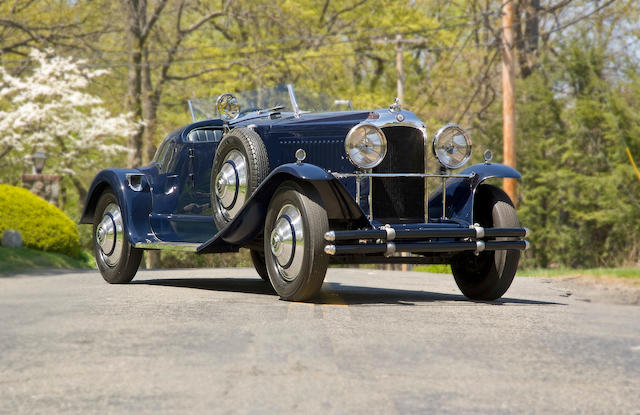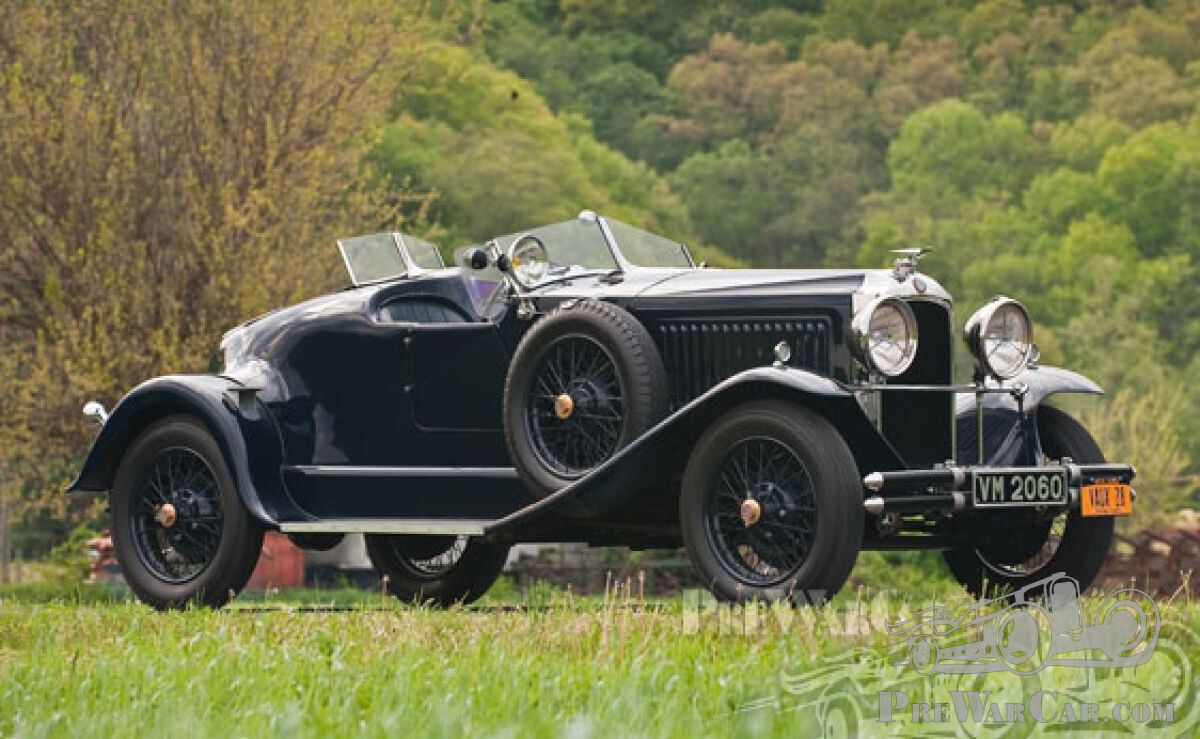It`s a bit of a mixed blessing having a British built vehicle - if Morris Marinas had been built in Germany would they have been rugged and reliable?
The design budget would have likely been more than a shoestring and there wouldn't have been the labour relations issues that plagued BL in the 1970s. So probably, yes



